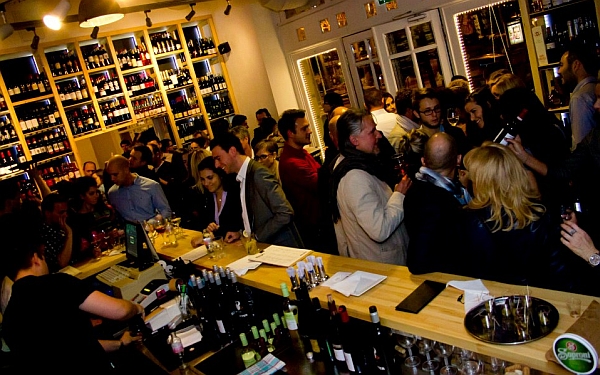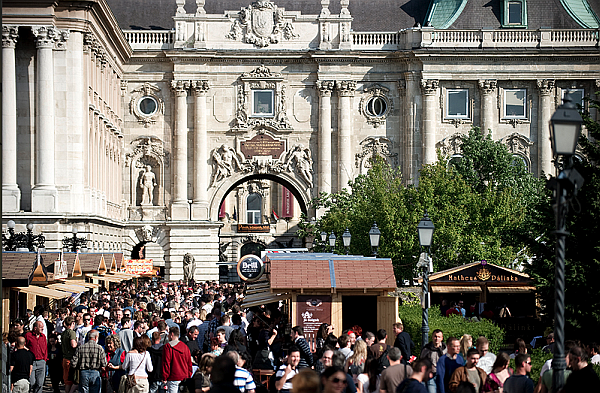The wines of Spain, South Africa, and Hungary have one thing in common: governmental changes thwarted their production and development for periods of time. Before Communist times, Hungarian wines were developing into a mature market, but one that never reached much beyond its borders. During the politically difficult times, winemakers’efforts were stomped and trampled and only the cheapest and most insignificant wines could be produced and mostly sold only to other Soviet bloc countries. The few wines that did make the export list were the insignificant offerings that did nothing to put Hungary on the winemaking radar for sommeliers. When the climate changed in the early 1990s, the winemakers found themselves starting from the beginning, not only creating new varieties of grapes, but developing their wines, and struggling for international recognition to abolish the reputation of the past.

One of the major achievements of the industry was the creation of an annual festival to bring attention to the wines of the country. If you are a wine buff or if you just like to drink it, you will surely want to plan your trip around the second week of September when Budapest celebrates the first wheat harvest and the largest wine festival of the year held atop Castle Hill. The celebration begins with the Harvest Parade, and people from different regions of the country (dressed in traditional clothing) dance, play folk music, and sell their crafts. Each year, a celebrated wine-producing country is invited to share the spotlight with Hungarian winegrowers and their many varieties of wines. Check the website (www.aborfesztival.hu) for exact dates; it changes year to year.

The winemakers created the foundation Hungarian Viti- and Vini-cultural Public Benefit Company, a trade group to market their wines by bringing wineries to international competitions as well as hosting them. In June 2007, they hosted the 30th Congress and 5th General Assembly of the Organization of Internationale de la Vigne et du Vin (OIV), where 500 member organizations converged on the city. This and other international events bring further exposure of Hungarian wines to international audiences.
For a Hungarian wine education, be sure to consider one of the many wine tours offered by Wine Time.
Wine Primer: Hungary has 22 wine regions and cultivates more than 93 varieties of wine grapes, producing the full spectrum of reds, whites, roses, and sparkling wines. Serious wine enthusiasts will know that varietals indigenous to Hungary are referred to as Hungaricum and are only grown here. Some such varieties are Budai Zöld, Furmint, Juhfark, Hárslevelű, Kadarka, Kéknyelű, and Királyleányka.
Best Regions for Whites: White wine is still the major product of Hungarian wineries with each region producing its own distinctive variety. Somló produces some of the country’s best whites, which are usually acidic. Tokaj produces world-famous dessert wines under the name “Tokaj”. Tokaj’s vineyard area is strictly delimited, less than 5,463 hectares (13,500 acres) in 26 villages with well-defined regulations going back to the 16th century. It was declared a UNESCO World Heritage Site in 2002. The Balaton regions, particularly Badacsony, make excellent whites, as does Gyöngyös in the Mátraalja region.
Best Regions for Reds: Hungary has been producing increasingly greater amounts of reds due to international demands. Villány has achieved recognition as the Bordeaux of Hungary. Szekszárd, Sopron, and Eger also produce fine reds. But great reds also come from regions better known for their whites, like Balatonlelle.